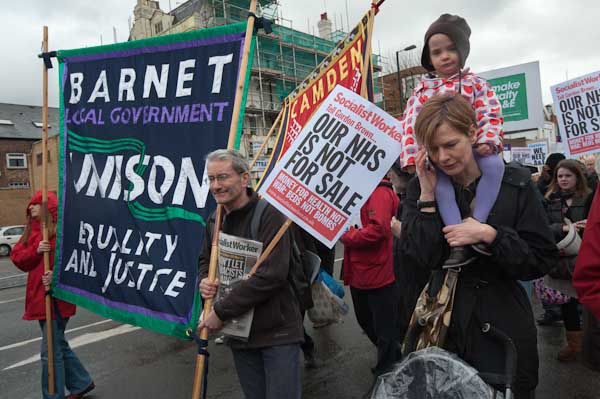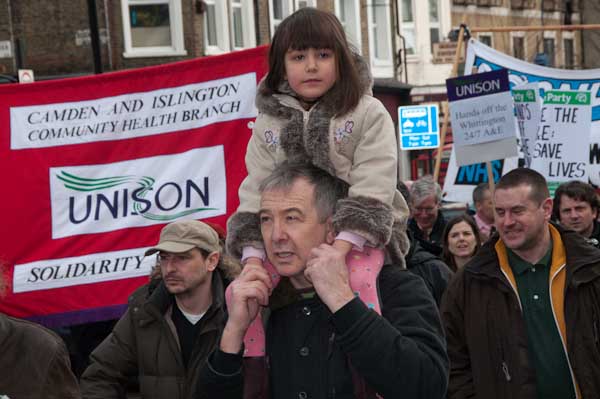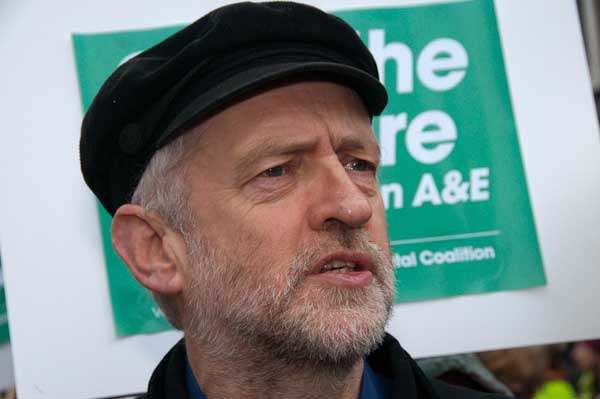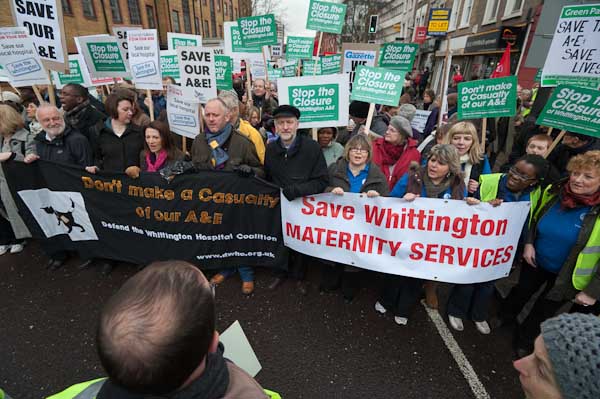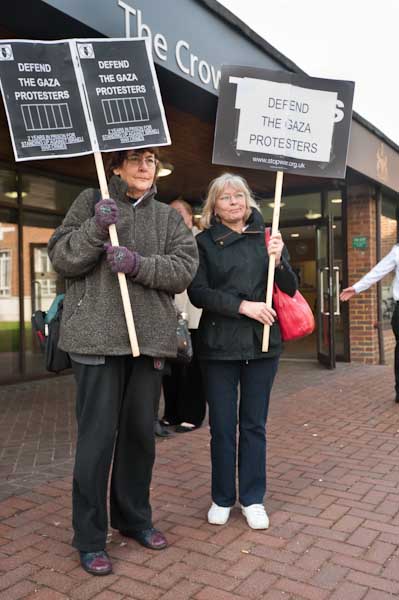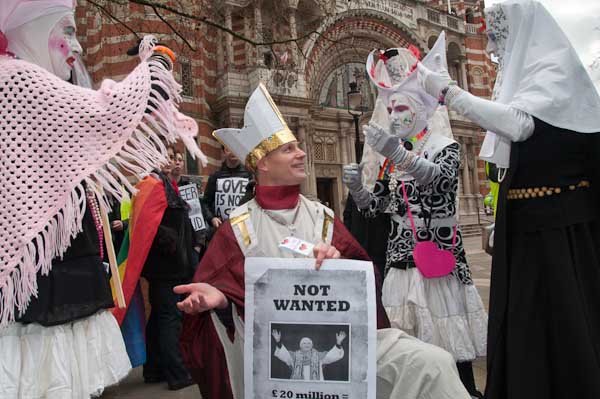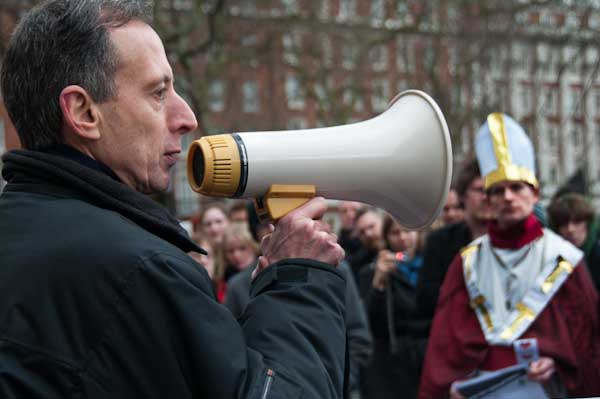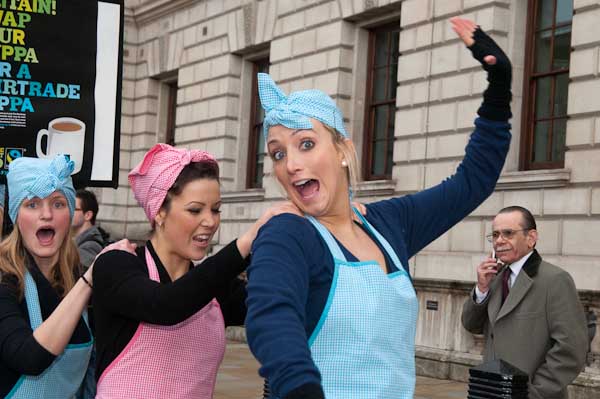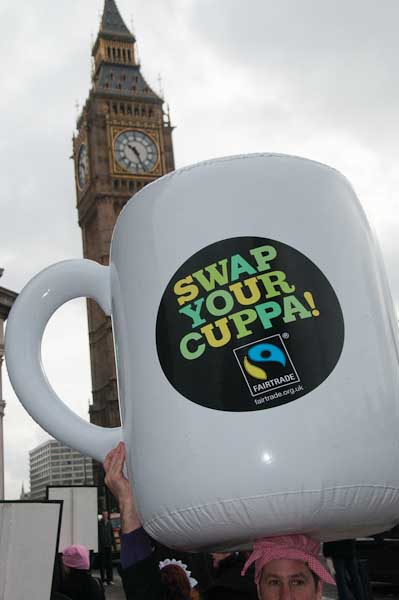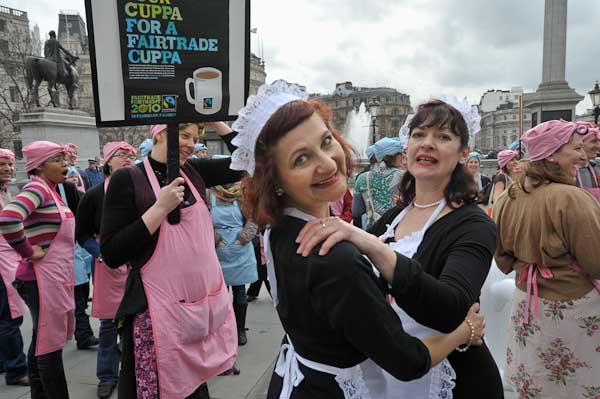I met and briefly talked with someone on Friday while photographing a demonstration by the English Defence League who was still using film. We didn’t talk for long, as we were busy taking pictures, just exchanged a few sentences, but this was for some reason something he felt I ought to know about him.
And I think that says a lot. You could talk to me all day and it probably wouldn’t occur to me to mention my cameras were digital unless you actually asked me. It didn’t particularly worry me or interest me, after all I was standing outside a pub in the middle of a crowd of people whose views on politics and social issues and almost everything had very little in common with mine and managing to talk to them, so one more oddball didn’t matter. But you do have to be some kind of a fanatic to be photographing events like this on film these days.
Of course there are still a few minute niches were film still makes sense, mainly for the kind of things which have some kind of specialist technical need where there is not a large enough market to produce a digital equivalent or its cost is extortionate. A good example is for some panoramic work, where we don’t have the equivalent of cheap swing-lens cameras like the Horizon. For some subjects you can stitch digital images, but it is often simpler to use film. And I don’t yet own a digital camera that can produce the quality I get from a Hexar F in silent or virtually silent mode. Another place where film still has advantages is in the darkroom, for making enlarged negatives for platinum printing and other ‘alternative’ printing processes (rather a silly term as platinum was a hundred years ago a very mainstream process) although virtually everyone doing these now relies on digital techniques to print enlarged negatives on a inkjet printer.
Possibly too for those people who undertake lengthy projects in remote areas, away from mains electricity and camera repair facilities, simpler mechanical cameras using film might well make sense, though some people manage to keep digital cameras running under very difficult circumstances.
There is also a question of expense. Although film is more expensive to use, you can pick up film cameras, even very good ones, remarkably cheaply now. And for people who don’t have the money or credit to buy a decent digital, the best way to take pictures may be to use film, even though you know it will cost you more.
I’ve long been a fan of real ales, as of real bread and I do still own some vinyl, though it very seldom sees a turntable. But here there are real advantages (though I doubt if my hearing is still acute enough to appreciate them for the music,) while digital whips film in every way. You really do have to be some kind of crank to think otherwise. Not that I’ve anything against that – eccentricity is a great British tradition and good luck to him.
People talk about a ‘film look’ and its generally a matter of grain and poor colour reproduction – both of which you can simulate in Photoshop if you really must (and there are plug-ins that do it remarkably well.)
Of course some photographers do find digital hard to come to terms with. Many haven’t learnt how to shoot and process RAW images to get the most out of their cameras (and for much press work there simply isn’t time.) Back in the old days specialist printers used to make a living from their skills in getting more out of film (and a few still survive) but we now seem to assume that all photographers can process their own digital work.
It isn’t of course true. Some haven’t much idea and simply accept what the camera gives them as the final word, whereas others take the possibility of digital manipulation too far. It’s something which has caused the organisers of this year’s World Press Photo some grief, and although I’d read various pieces on this before, my thanks to EPUK for providing the link to a post by Asim Rafiqui which goes into this case in more detail, pointing out all the manipulation they were apparently prepared to swallow while choking on the removal of a small and rather insignificant detail.
Like the photographer I talked to briefly, I used to enjoy working in the darkroom, where I’d dodge and burn (and occasionally crop my images slightly.) And later I’d take some pride in being able to use a spotting brush to clean up images. I horrified one museum curator by not only removing the dust specks from the sky but some of the pigeon droppings from the pavement of one image. As I said, “it isn’t a picture about pigeon shit.” Now I do similar things on a computer screen. Real photography involves using the appropriate equipment to get the best results you can – and for most things that means using digital at all stages of the process.
More about Friday when I get the time to put those images on My London Diary. For the moment you can see a small selection of them on Demotix.
